Clarity is needed to support improvements in the safety of maternity and neonatal services
While there is widespread agreement on the need for change to improve the safety of maternity and neonatal services. It is not clear that there is agreement on what that change looks like.
In the recent announcement of an investigation into maternity and neonatal services in England, there was recognition that reviews and reports into the safety of maternity services over the past decade or more haven’t led to the improvement needed. This is despite different reviews consistently identifying similar themes, and attempts having been made to implement recommendations from past reports.
The investigation includes a commitment to “bringing together the findings of past reviews into one clear national set of actions to ensure every woman and baby receives safe, high-quality and compassionate care”. In launching the review, the Health Secretary talked of the need to “provide clarity and direction for the future, so that everyone in the system knows what they’re working towards”.
Some responses to the investigation have suggested that we already know what is needed, that we just need to get on and do it. However, our work in this area suggests that that it is not actually clear that there is agreement on what is needed to make progress. And that any process to learn from past reviews and reports must first provide clarity on what we are working towards.
The Joint Policy Unit has previously reviewed recommendations relevant to saving babies’ lives and tackling inequalities from 30 reports and reviews into the safety of maternity and neonatal services to identify key recurring themes. In our call for evidence, we asked people working in maternity and neonatal services in the UK, and families who have experienced them, to share what they think needs to change to make progress on the themes identified.
We had over 200 responses from a range of healthcare professionals, parents, service user representatives and organisations. From this process some key issues emerged where greater focus and clarity is needed to make progress. This included areas where people had different opinions and conflicting views.
It became evident throughout the responses that there is not a shared understanding of what is meant by ‘safety’ in maternity and neonatal services. Some people interpreted this as improving outcomes, with a focus on reducing preterm birth and perinatal mortality, whilst others focused on ensuring pregnant women and birthing people have a positive experience. There was also discussion around taking a broader view of safety which incorporates personalisation of care, and also takes into account future potential pregnancies. To make progress in delivering safer care it is vital that we come to a shared consensus on what ‘safe care’ actually means.
Many respondents raised lack of staff resources and capacity as an issue. However, some respondents focussed more on a need to increase the overall numbers of maternity and neonatal staff, whereas others highlighted issues with the way that the workforce is planned, including problems with different staff planning tools and not having the right staff with the right skills. Knowledge gaps were raised frequently, as well as the need for more training in medical understanding and practical skills. It is clear that a more comprehensive understanding of staffing requirements is needed. We must move beyond just talking about numbers of staff, to understand the skills and mix of staff needed to deliver safe care.
The relationship between delivering care in line with national guidelines and personalisation of care and choice came up an area of perceived tension. Despite national guidelines (such as NICE) making frequent reference to the importance of informed choice and shared decision-making, it was clear that some respondents felt that guidelines are inhibiting choice. Some responses from healthcare professionals expressed an importance of using clinical judgement as well as following guidance, and individualising care within these guidelines. Some responses from parents highlighted that they had felt under pressure to comply with guidance that they might not have agreed with. It is important to understand why this perception of tension between personalised care and guidelines exist, and what needs to be done to ensure that families receive safe evidence-based care whilst also being able to make their own informed decisions about their care.
You can read the full report of findings from our call for evidence here.


